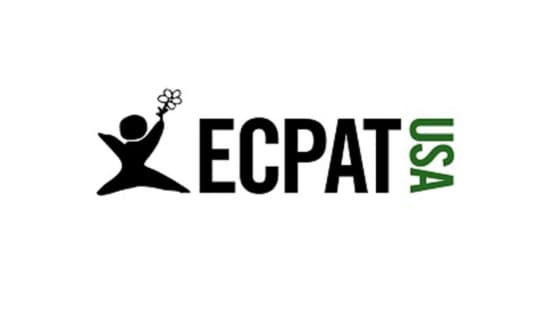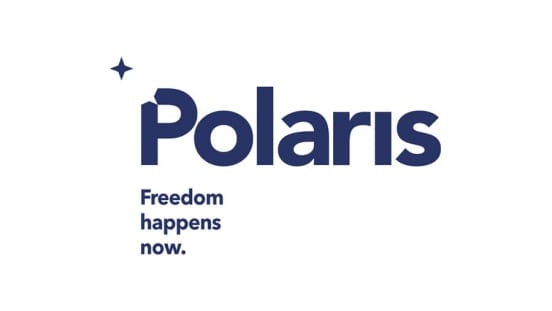What Uber is doing
Joining forces
We partner with leading organizations such as ECPAT-USA and Polaris to mobilize communities, raise awareness, and advocate for policy and legislation.
Pledging our commitment
Our commitment to combating human trafficking led us in 2016 to sign ECPAT’s The Code, an industry-driven set of guidelines focused on helping travel and tourism companies prevent sexual exploitation and trafficking of children.
Informing our network
With the guidance of ECPAT-USA, Uber users around the world have been learning how to spot the signs of human trafficking and what to do when they suspect someone is in a potentially dangerous situation.
Tips for identifying human trafficking
Human trafficking is defined by US law as the use of force, fraud, or coercion to exploit someone for their labor or for commercial sex. In most countries, including the United States and Canada, children under the age of 18 who are engaging in commercial sex acts are automatically considered victims of human trafficking. There’s no one face of human trafficking—victims and traffickers come from all backgrounds.
Below are some indicators of human trafficking provided by our partner ECPAT-USA.
It’s important to note that encountering any one of the indicators individually isn’t necessarily proof of human trafficking and it should be considered along with other signs. Most notably, someone’s race, or how their race may or may not differ from their co-travelers’, is not an indicator of human trafficking.
Emotional abuse and distress
It might be a sign of human trafficking if a person seems disoriented, lost, and/or fearful of their situation. Or if a person acts controlling over another person, who is often unable to move and/or speak freely. Potential victims, especially younger riders, may share that they don’t know what town or city they’re in.
Physical abuse and signs of branding
- Bruises, cuts, burns, or other injuries at various stages of healing could be a sign of human trafficking. The person may appear to have been denied food, water, sleep, adequate clothing, or medical care, or given food or water based on conditions they must meet. You may also witness a violent act.
- Tattoos such as images of cash and/or money signs, or words such as “Daddy,” “Property of ___,” or “For sale,” can also indicate signs of “ownership.”
Exerting power over the potential victim
Look for signs of a controlling interaction. It could be a gesture or look from the potential controller that provokes fear. It could also be a person forcefully guided by the arm, shoved into a car, or delivered to another person who then escorts the potential victim to a different location or vehicle.
Travel and transit considerations
Human trafficking commonly occurs at hotels and major transportation hubs, such as airports, train and bus stations, and truck stops. Potential victims may seem anxious about arriving at or departing from a destination and/or have minimal luggage if traveling.
Kids at unsafe locations
Pickups and dropoffs occurring at places that seem generally unsafe for children or vulnerable individuals, including children who are homeless or who have run away, LGBTQ+ youth, and minors in the foster care system, could be at increased risk for human trafficking.
Multiple phones and excessive cash
If a person has multiple phones that they are using concurrently. They may also have an excessive amount of cash.
Unsafe work environments
If a restaurant employee appears to be heavily monitored, mistreated, or threatened by their managers, this could be a sign of an unsafe and exploitative environment that is high-risk for labor trafficking.
Requesting to be dropped off at hidden entrances
A rider or customer who specifically asks to be dropped off or to receive food at a discreet entrance could be a potential victim or trafficker.
Insisting on cash payments
Someone insisting on paying in cash from a large stack of bills or with prepaid credit cards could be a sign of human trafficking.
Coaching someone on how to lie
If you hear someone coaching someone on how to lie about their age or identity, it could be a sign of human trafficking. The person speaking could be another potential victim or trafficker.
Asking for money or ID
- Individuals who don’t hold onto their own passport, ID, or money and must ask someone else for them may be potential victims of human trafficking.
- Arguing about owing money to someone.
Verbal abuse
- Threats and insults are signs of verbal abuse that could be related to human trafficking.
- Restaurant employees speaking about their documents being confiscated or a debt they are forced to work off.
Discussing job opportunities
It may be suspicious if a rider seems anxious about meeting someone, often whom they have only met online, who is offering them a chance to launch a career, such as a modeling contract, or to earn money to get out of a situation. The destination may or may not seem like an unusual place for the type of work or industry described.
How to report an incident
1. Assess the situation
If there’s an emergency and someone is in immediate danger, call 911 and report the incident right away.
2. Provide details of the incident
Note the following:
- Date, time, and location of the suspected incident
- Description of those involved, including physical identifiers such as hair color, approximate age, tattoos, etc.
- Any names or nicknames overheard
- Summary of the situation that prompted the report
3. Call the National Human Trafficking Hotline
Call 888-373-7888 or text “Help” to 233733.
We want you to be safe
If you see or hear something suspicious, don’t confront the victim or trafficker directly. This response could put you and others at risk, including the potential victim, and may result in violence.
Learn more about our partners
ECPAT-USA is a leading policy organization in the United States seeking to end the commercial sexual exploitation of children through awareness, advocacy, policy, and legislation. Read its Survivor Perspectives here.
Polaris disrupts human trafficking networks. Its comprehensive model focuses on victims—helping survivors restore their freedom, preventing more victims, and leveraging data and technology to pursue traffickers wherever they operate.
¹ “Global Estimates of Modern Slavery: Forced Labour and Forced Marriage,” International Labour Organization, Walk Free, and the International Organization for Migration (2022).
² “Global Report on Trafficking in Persons,” United Nations Office on Drugs and Crime (2020).
About



